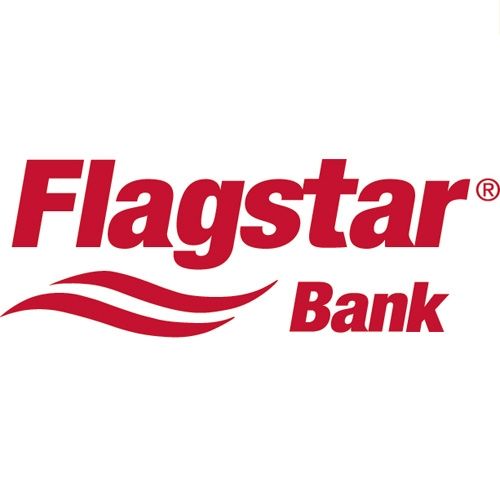
For years, mortgage lenders have required homeowners to provide hazard insurance that protects the lender’s financial interest in the home.
Some lenders force borrowers to pay for a lender-chosen policy if the borrower doesn’t provide their own — a practice that’s come under increasing scrutiny lately and that has been the subject of high-dollar litigation.
The practice is known as force-placed insurance, or sometimes by the kinder-sounding term lender placed insurance.
This insurance is a type of homeowner’s insurance policy that lenders impose on borrowers who fail to live up to the insurance requirements in their mortgage contract. This policy can be activated if borrowers fail to acquire hazard insurance that meets the lender’s criteria, or if they allow existing coverage to lapse, or if they simply fail to provide proof of coverage.
When force-placed insurance kicks in, the lender simply passes the cost on to the borrower by adding it to the required monthly loan payment. This practice can create quite a headache for the borrower.
For starters, force-placed insurance tends to be much more expensive than borrower-selected homeowner’s insurance. When the lender chooses the policy, it has no particular incentive to save the borrower money. Some lenders have arranged to profit from these insurance policies by purchasing them from their own subsidiaries.
Some banks have worked out deals with insurance providers that benefit the lender and the insurance company at the expense of the borrower. For example, the bank may purchase lender placed insurance from a provider who pays the same bank to re-insure those policies.
Compounding the borrower’s problems, lender placed insurance is often activated at a time when the borrower is in tough financial straits. If borrowers’ regular insurance policy has lapsed because they couldn’t afford to pay the premiums, the higher cost of force-placed insurance may only make their financial situation worse.
And despite the greater cost, force-placed insurance tends to provide less coverage than policies purchased by the borrower. Things like personal property and owner liability tend not to be covered.
Force-Placed Insurance From Flagstar Bank
Some banks force-place flood insurance for properties in a flood zone if they believe the borrower’s existing flood insurance is insufficient. A borrowers’ class action lawsuit alleged Flagstar Bank had included such a requirement in its mortgage contracts.
Flagstar allegedly had refused to approve borrowers’ existing flood insurance policies – even ones that satisfied the requirements of the National Flood Insurance Program – and instead imposed a lender placed flood insurance policy on the borrower, essentially putting the property under double coverage for flood insurance. These policies were allegedly valueless, since the National Flood Insurance program will not pay twice for the same flood damage.
Flagstar Bank is based in Troy, Mich. and serves its customers at branch locations throughout the state. The bank provides a broad assortment of banking services, including originating and servicing home mortgage loans. According to the bank’s website, Flagstar Bank is a top 20 mortgage servicer, handling over $73 billion in home loans for almost 360,000 borrowers.
Class action attorneys are now investigating the force-placed insurance practices going on at Flagstar Bank and other lenders. Borrowers who had to pay for lender placed insurance from Flagstar, for flood insurance or other hazard insurance, may be eligible to join this free investigation.
Join a Free Force-Placed Insurance Class Action Lawsuit Investigation
If you paid for force-placed insurance from a lender, you may be eligible to join a free class action lawsuit investigation into the improper charges you may have paid.
ATTORNEY ADVERTISING
Top Class Actions is a Proud Member of the American Bar Association
LEGAL INFORMATION IS NOT LEGAL ADVICE
Top Class Actions Legal Statement
©2008 – 2025 Top Class Actions® LLC
Various Trademarks held by their respective owners
This website is not intended for viewing or usage by European Union citizens.















2 thoughts onA Closer Look at Force-Placed Insurance From Flagstar Bank
I want to take the evaluation for Flagstar’s Forced-Place Insurance class action.
I traded my Nissan Rogue which was 2013 in February this year and I got a Nissan Sieanna runs fine. The Rogue I had to pay for a something that caused a clicking sound in it, the price was $78.00, at Nissan in Valdosta, GA. I still have my receipt. I want to know what goes on with this please.